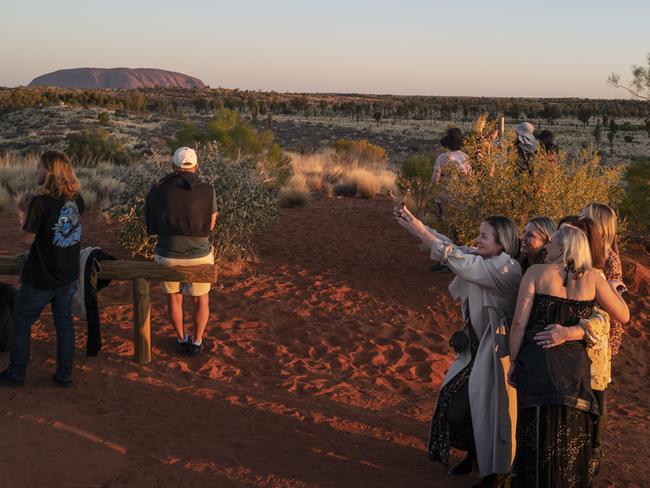Who’s to blame for the surge in nostalgia marketing?

I had fun times, I might reply. Some interesting experiences, for sure. If I were honest, I might say I was too busy experiencing life to think about what memories I was taking away from the experience. Aren’t memories what you get when you’ve lived fully in the moment?
Not now. Making memories has become the reason to do something rather than the result of doing something. And what most people mean by making memories is taking photos of yourself doing something that looks memorable. It’s the reason people will travel to certain spots on the globe, the reason they will turn up at the beach at dawn, why they take up an activity or why they will eat, sleep or play at certain places.
It’s the Insta-fication of our lives. A moment is only memorable if it can be captured, shared and then “liked” by people who didn’t share that moment with you. It doesn’t matter if it took an hour to set up that moment or if it cost a bomb to get to that place, it doesn’t matter if it’s a fiction, it only matters that you capture what looks like a memorable moment.
It’s hard to escape this digital album. Apple and Facebook regularly throw up “Memories” from your phone’s photo album, images designed to make you pause and sigh on a Monday morning. Their algorithms must be well calibrated because they never remind me of the paint tin I photographed or the wine label I snapped.

Advertisers, too, are imploring us to create memories with their product. Stayz reminds us that “memories happen here” when we book a holiday home. Smith’s reckons “moments happen here” when mates gather around a bowl of chips. Disney has long traded off the idea that they’re “making memories that last a lifetime” and the latest Coke commercial has supermodel Gigi Hadid making pasta with friends and musing about “making new traditions, sharing old stories”.
It’s all so cosy. It’s like a hug from a multinational and it would almost make you feel guilty for not memorialising the pasta you cooked for the kids last night if it wasn’t just a tactic in the latest movement of nostalgia marketing.
Nostalgia has been a marketing tool for ages but it only became a movement after the pandemic upended plans and prevented us from doing anything that would become a nice memory. Even today, it seems all our good moments happened before March 2020.
So Hungry Jacks revamps its trademark to look ’80s retro. Technology giants bomb us with reminders of past holidays and our moments with friends and family are annexed to sell chips or soft drinks. Cosy, folksy, nothing flash.
READ MORE: Banning Nazi salute supports neo-fascists’ delusions
One magazine, Science Direct, reckons that “in the hands of marketers, nostalgia appears to be the very fabric from which they fashion and promote brands … it permeates the entertainment, film music, tourism and cultural heritage industries but also technology, food and fashion sectors”.
And it’s beginning to permeate how we plan our lives and how we remember them. Did I make some memories? I did, but the best aren’t stored on my phone or in the cloud. They’ll be shared in stories, not on posts. And I don’t think any will feature a bowl of chips.
Macken.deirdre@gmail.com



I get confused when people ask if I made some good memories. It usually happens after a holiday or an adventurous outing and it inevitably makes me feel guilty about the thinness of my photo album after the event.